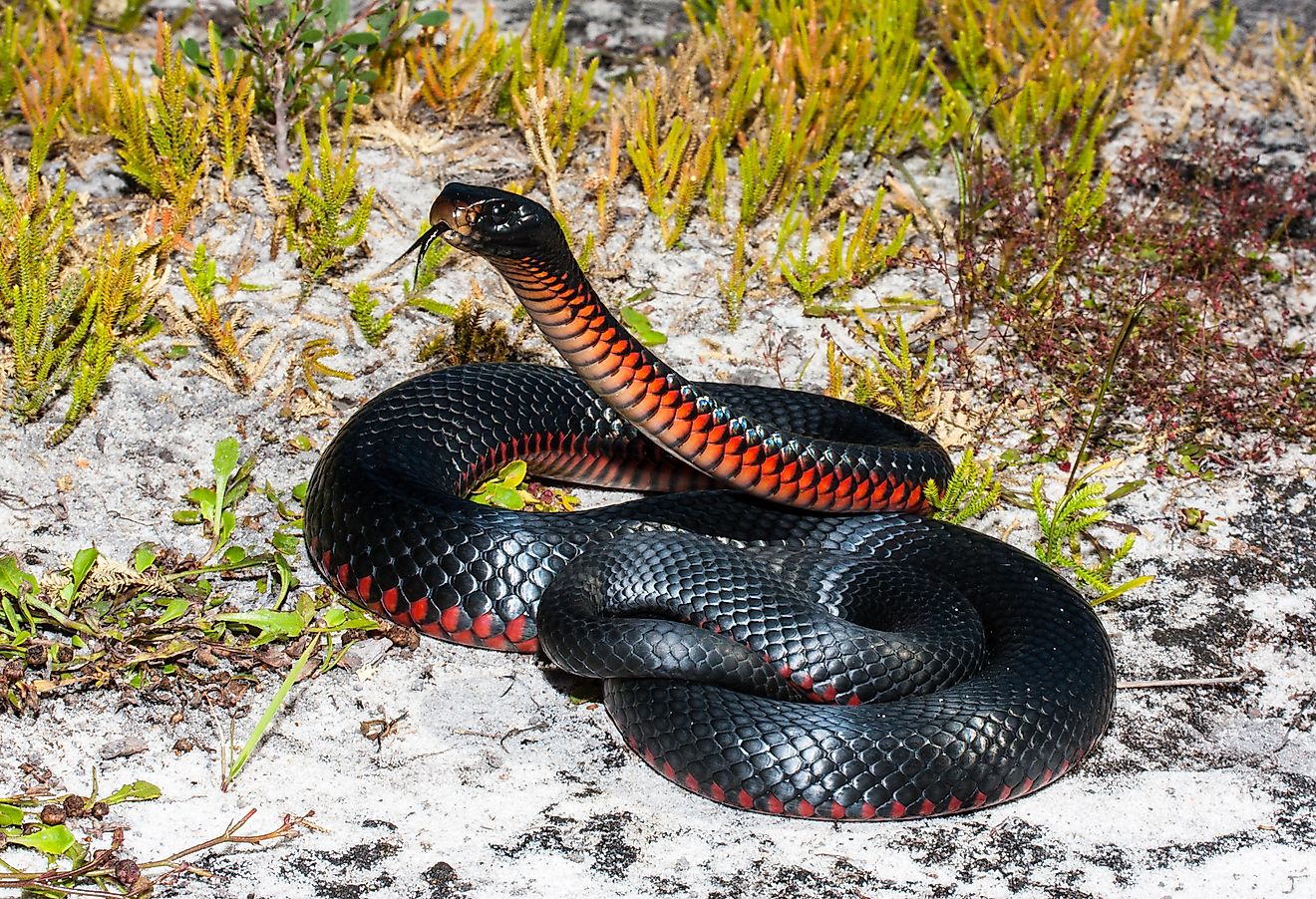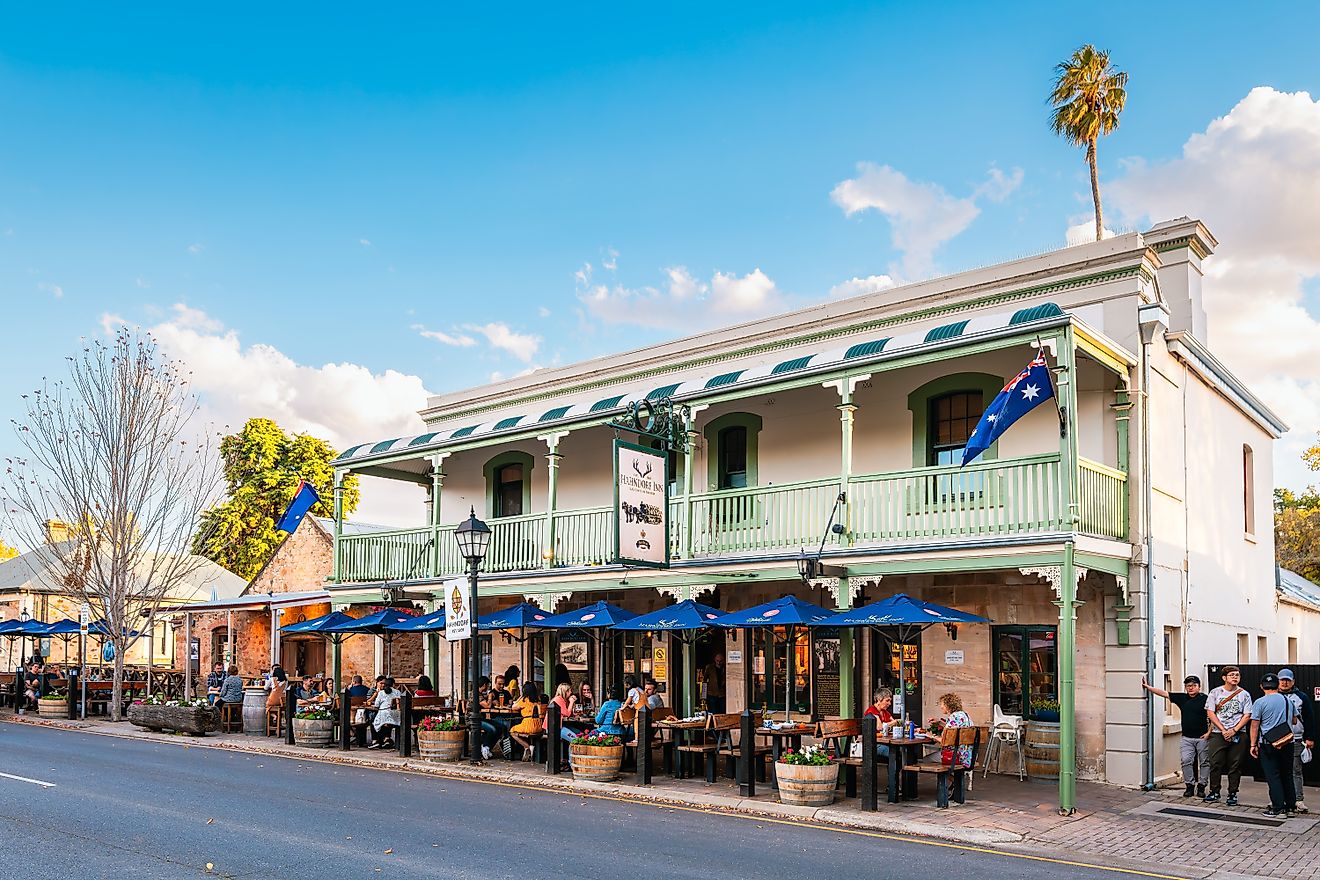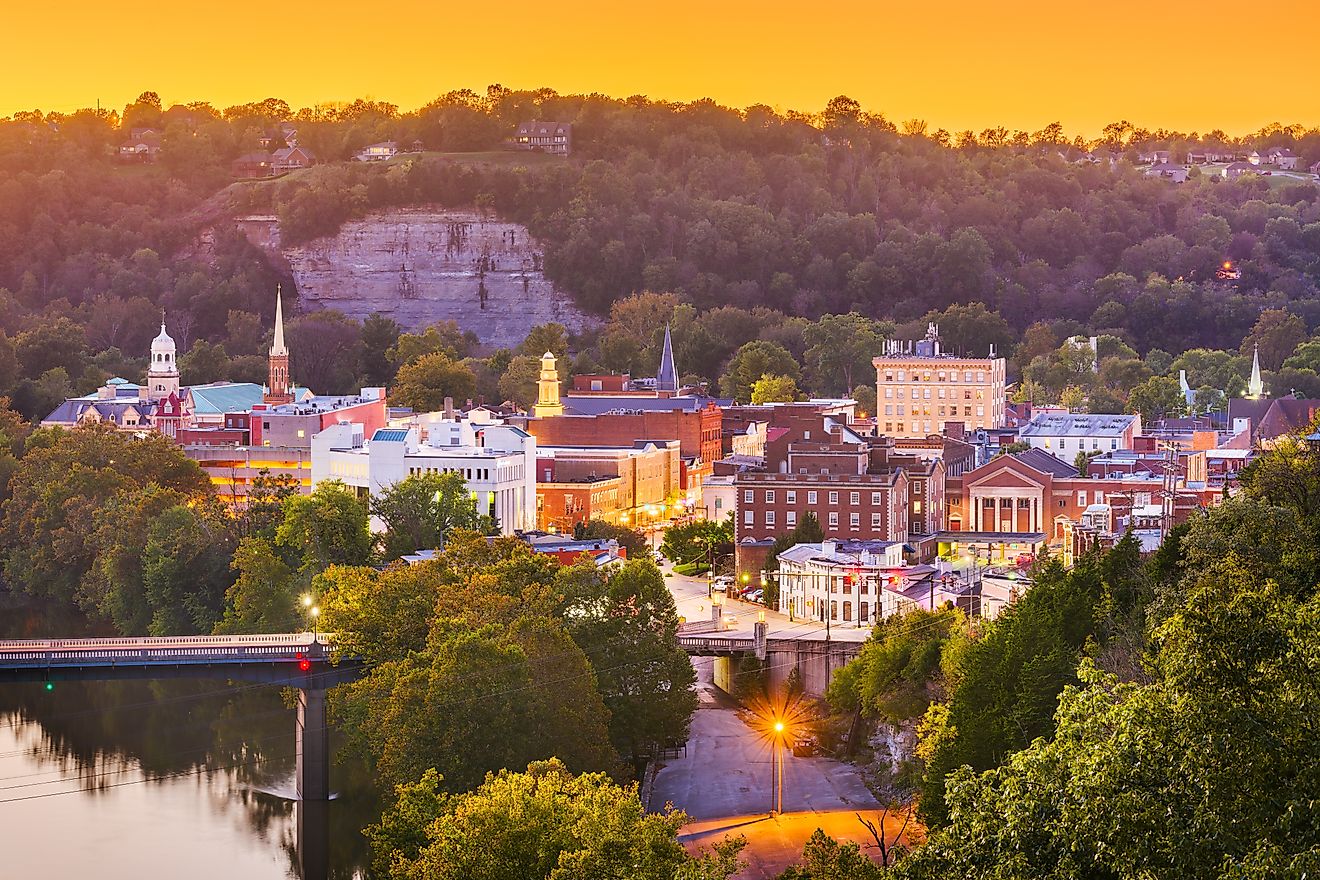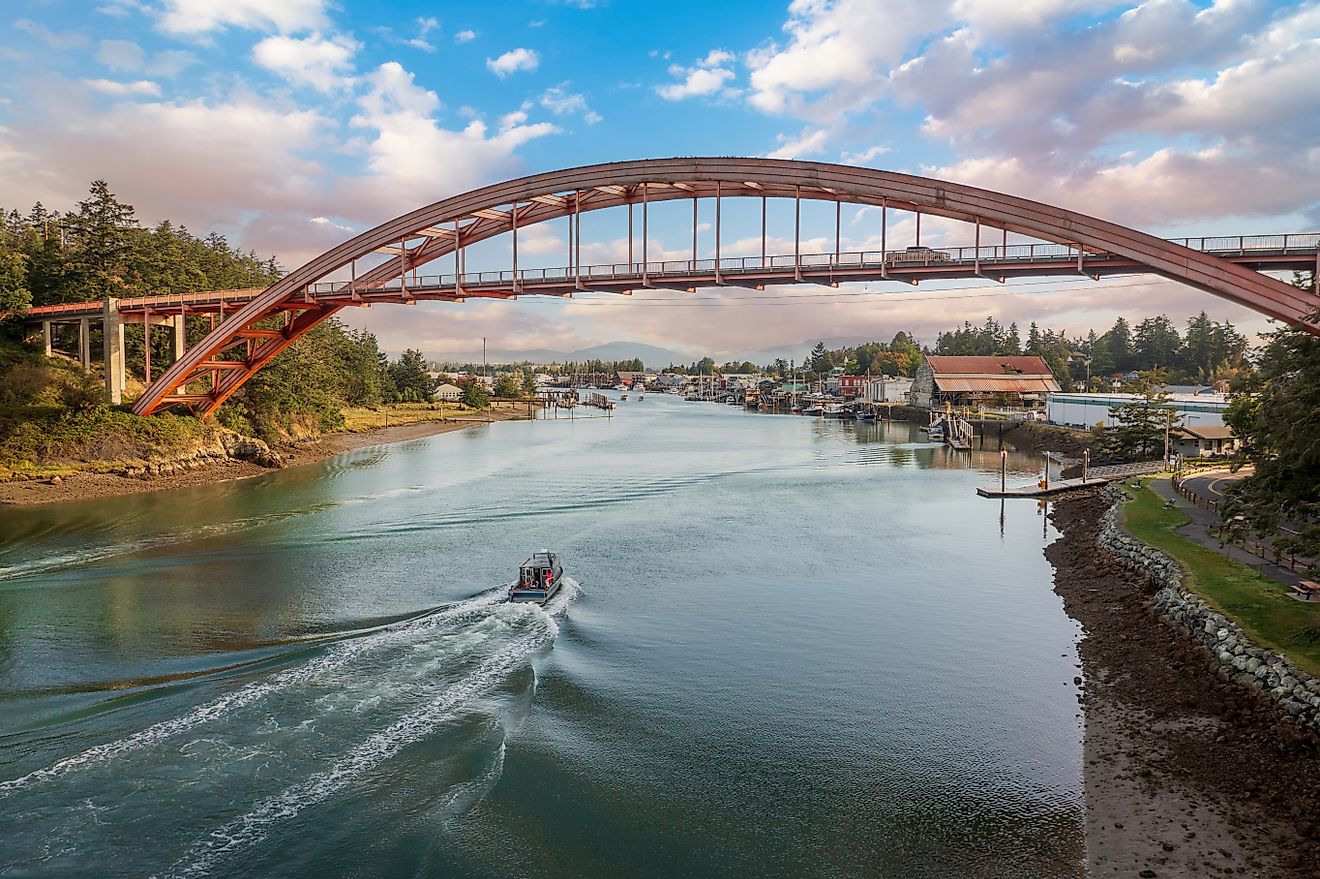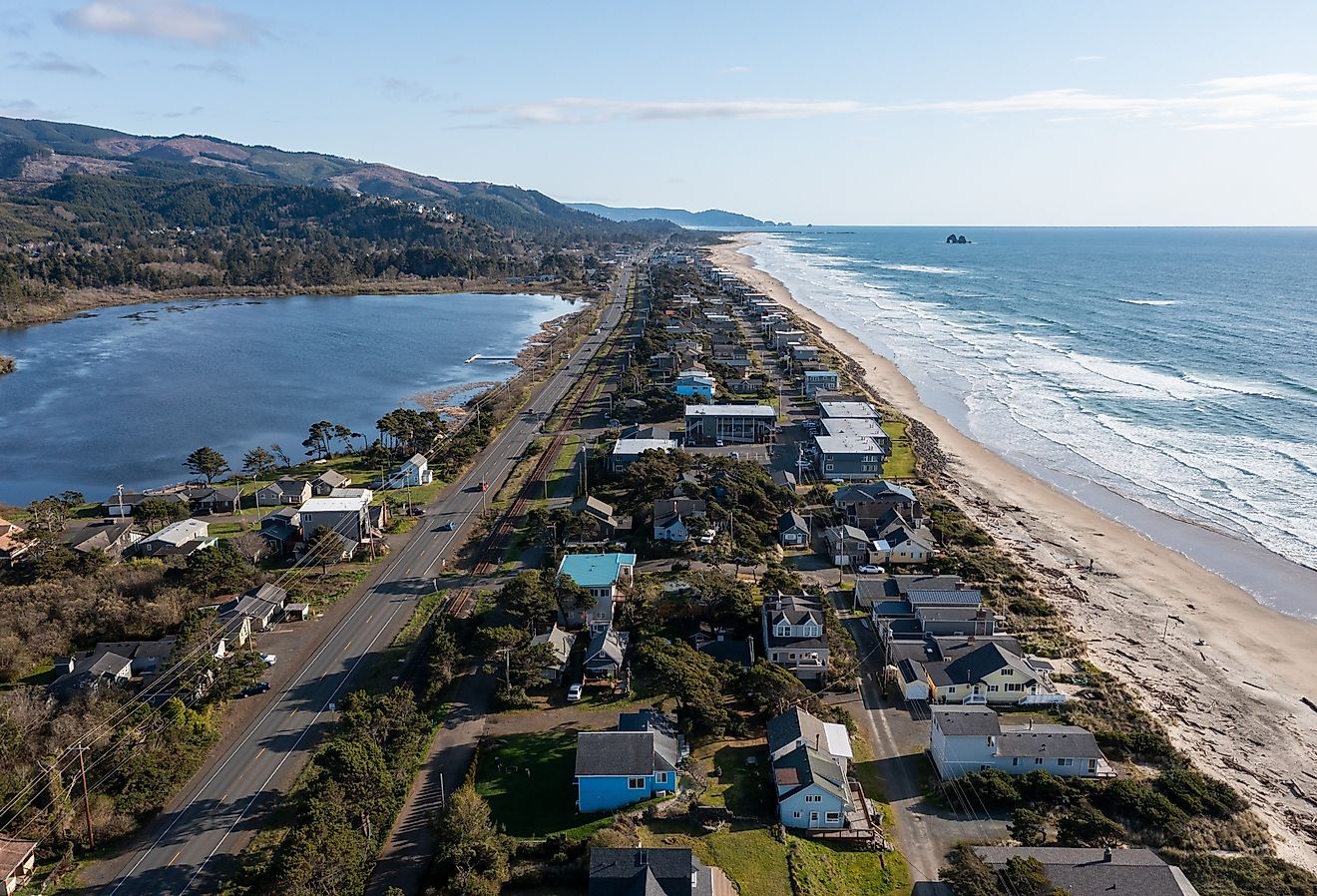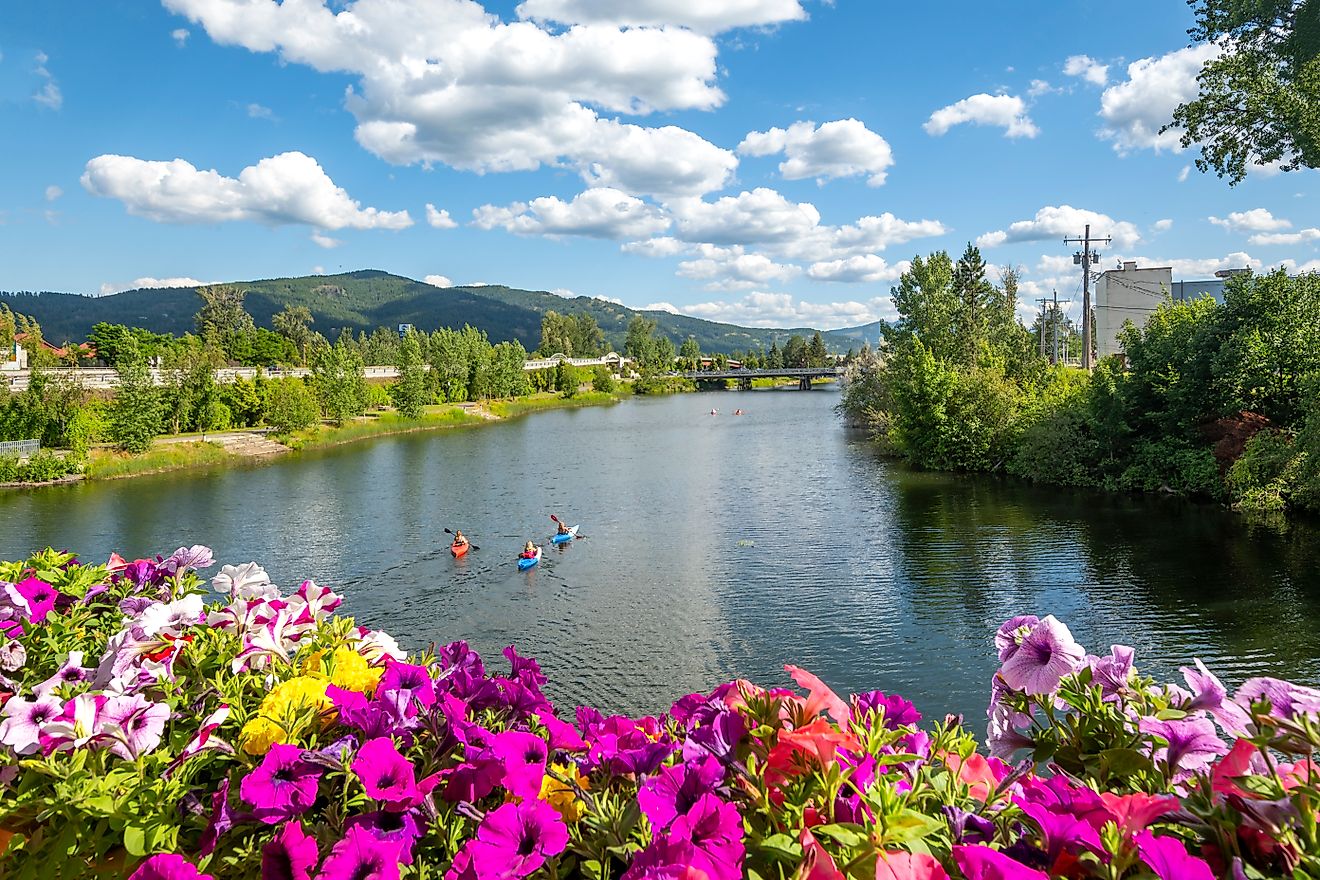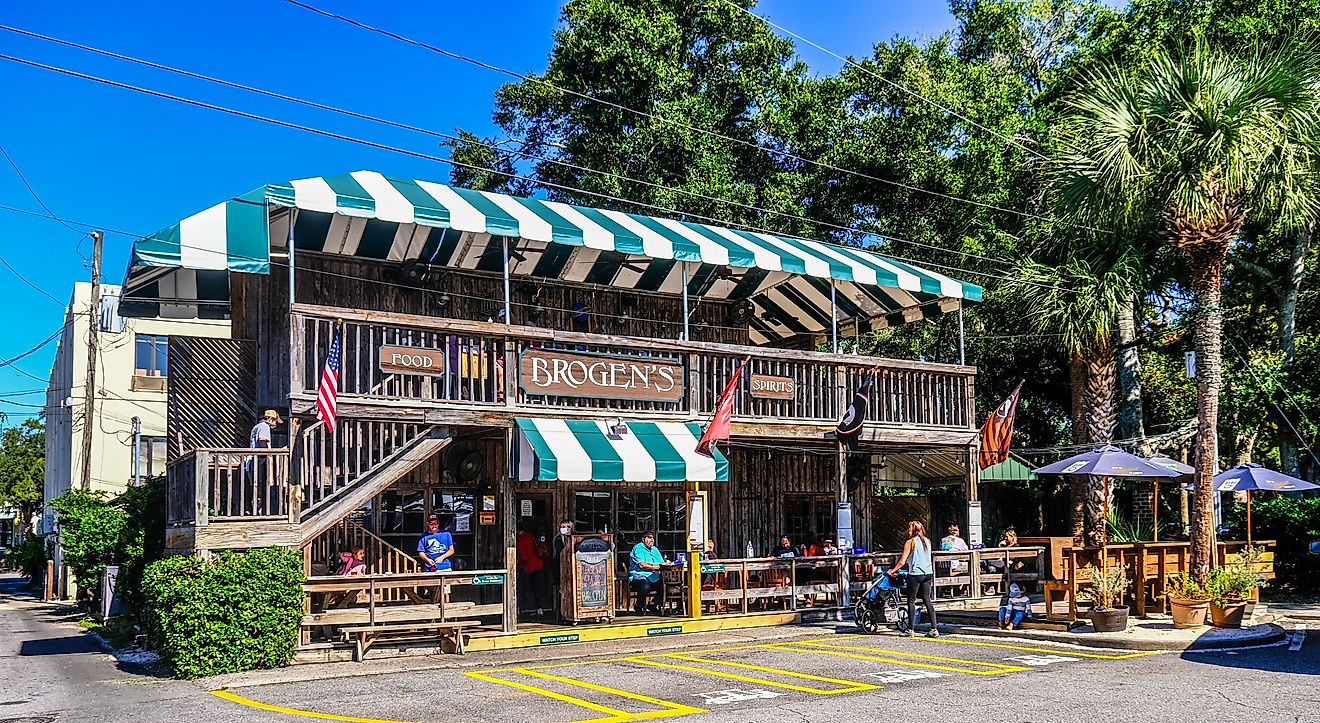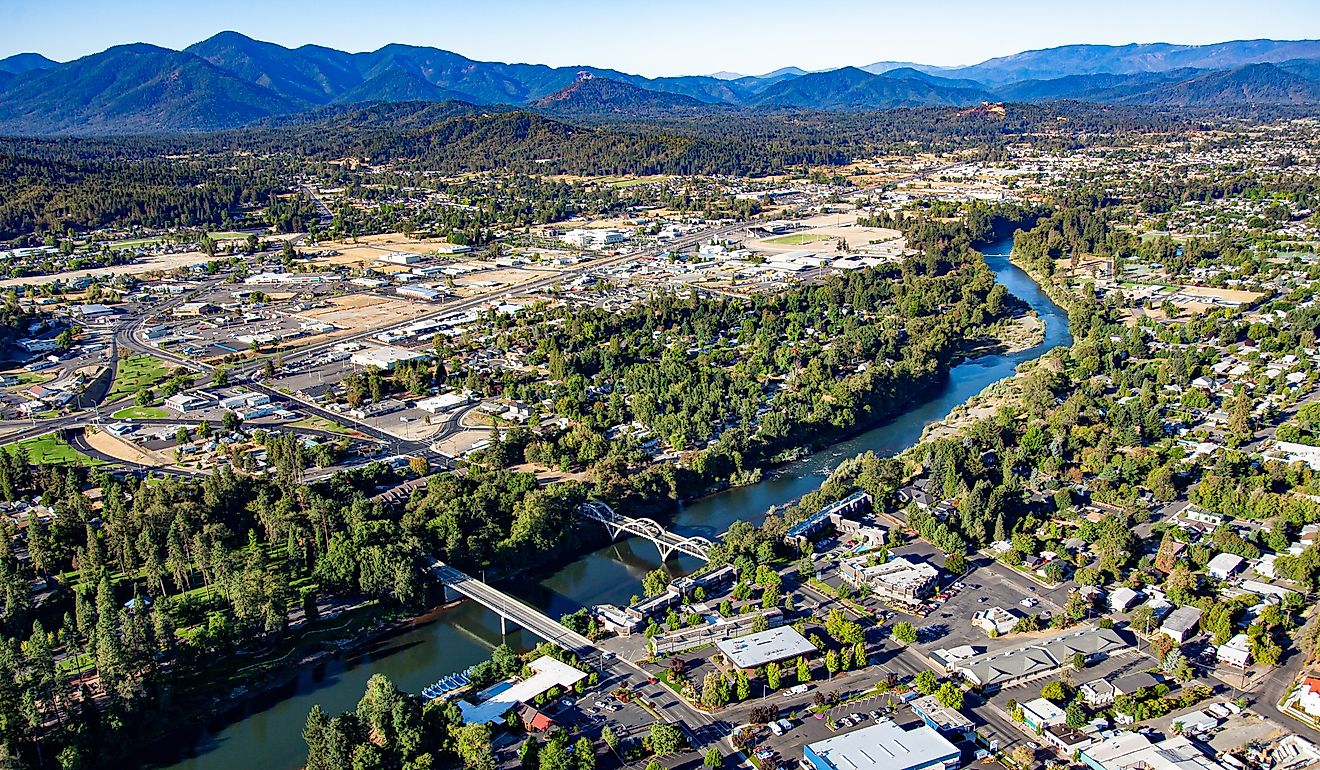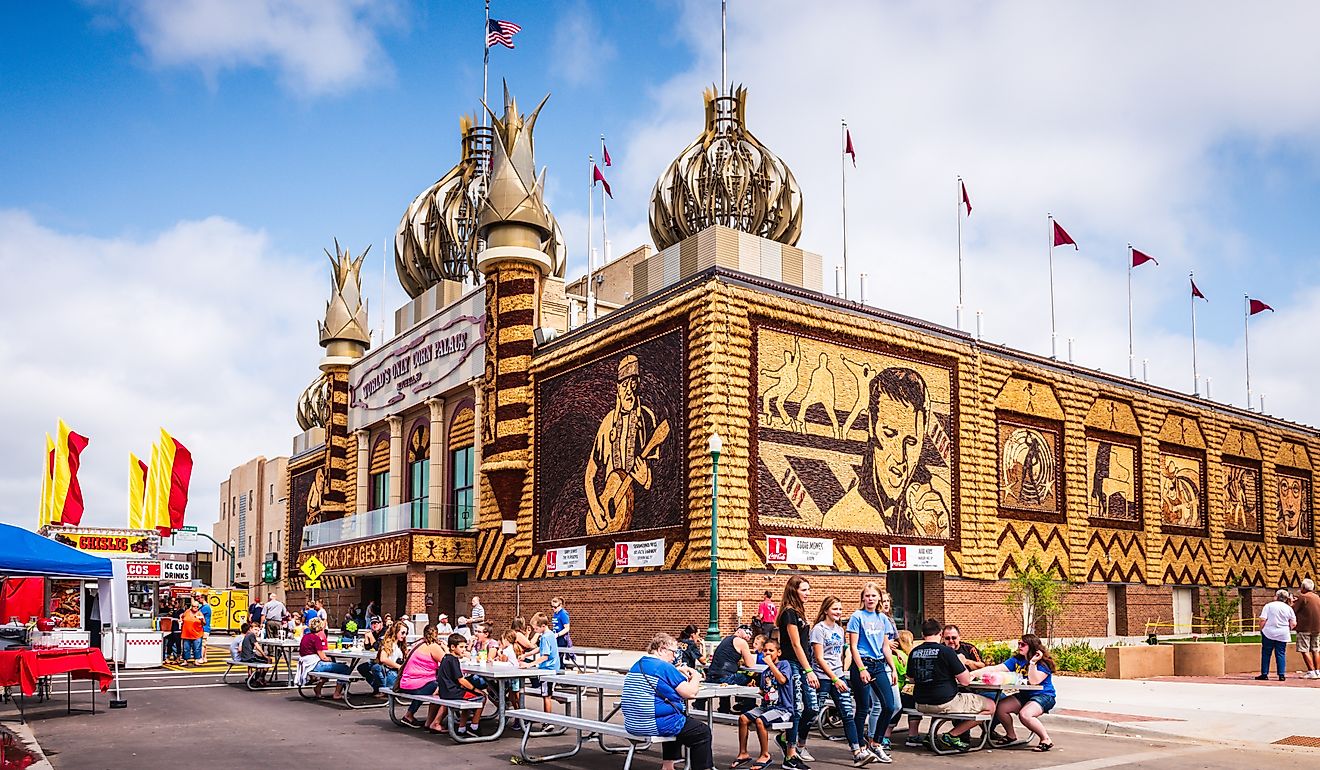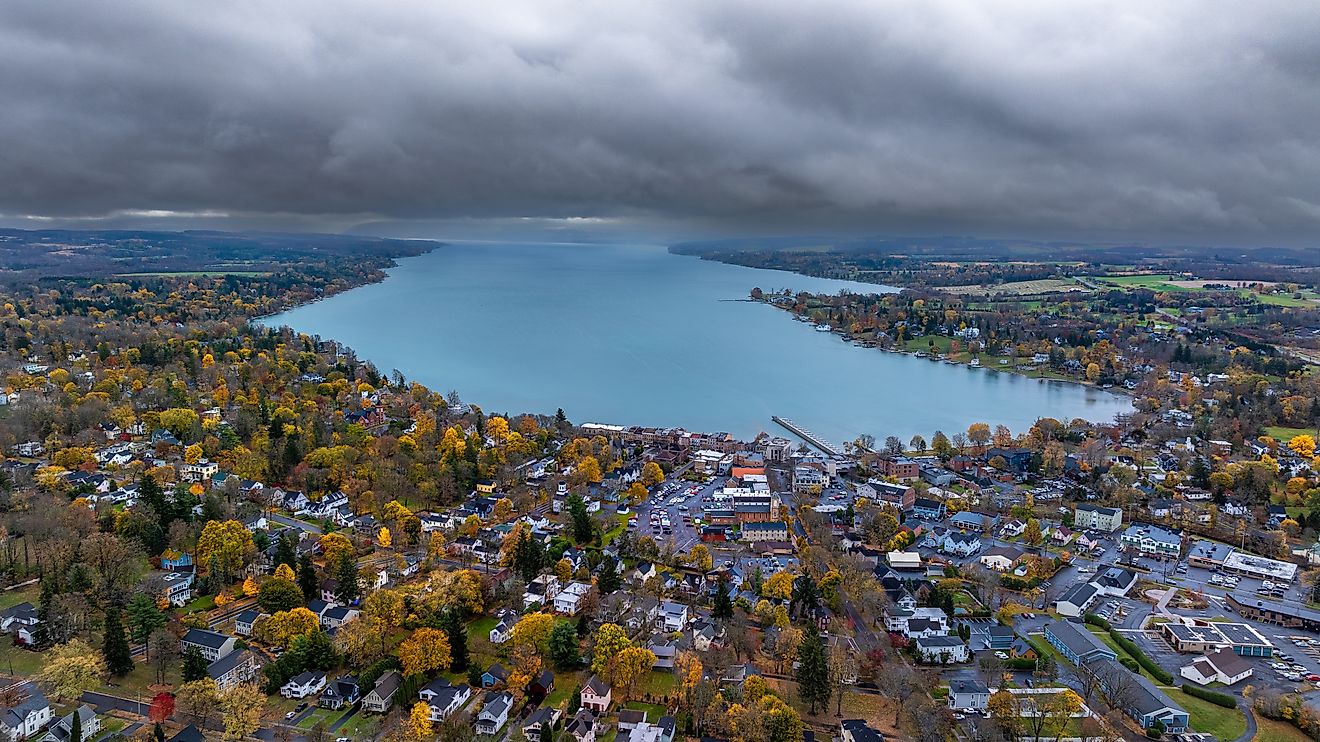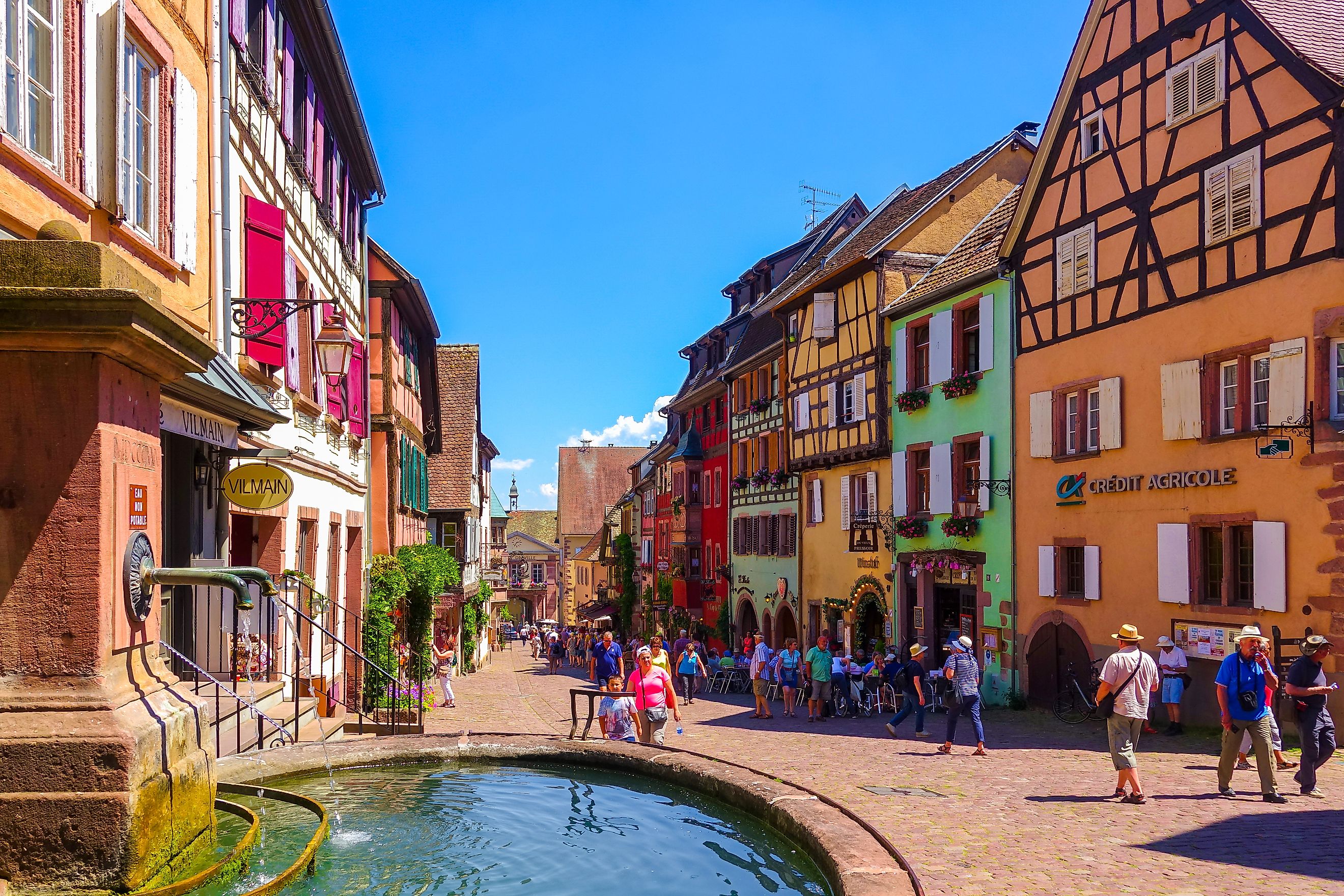
8 Most Welcoming Small Towns in France
France, positioned off the Bay of Biscay, the English Channel, and the Mediterranean Sea, is known for many things. These include a plethora of fine wines and being home to some of the most beautiful chateaus, palaces, and castles in the world. Yet, though such extravagant homes, like Chateau de Saumur, situated on the Loire River, or the Palace of Versailles are welcoming in their majestic grandeur, they do not outshine the charm of many small towns. Known as communes, these small communities are scattered across the French countryside, with iconic landmarks to witness. Here are eight of the most welcoming small towns, or communes, in all of France.
Riquewihr
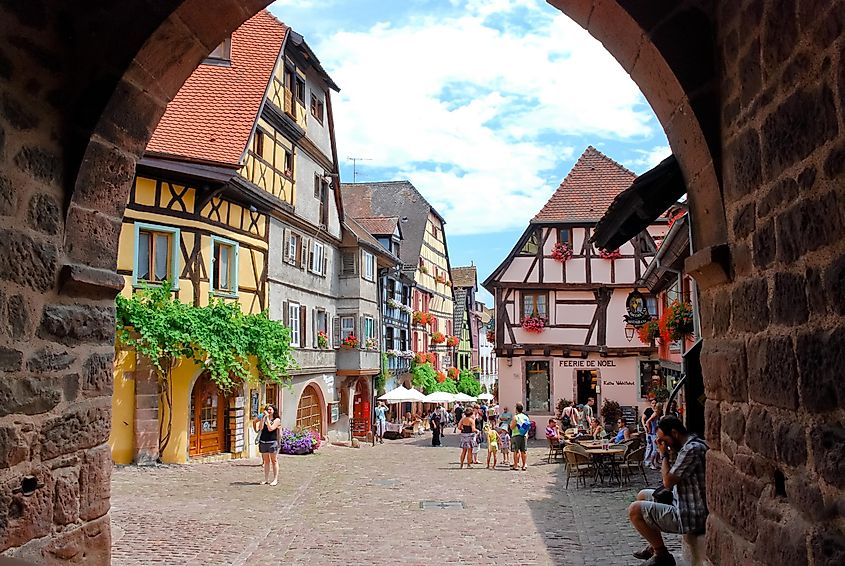
Riquewihr is a popular tourist destination located in the department of Haut Rhin in north-eastern France. The commune is home to Vieille Ville, with its cobblestone roads, excellent architecture, and iconic shops and galleries. Also known as Old Town, this area beckons tourists to several welcoming restaurants, such as Restaurant le Médiéval and La Table du Gourmet. Riquewihr, some 45 km (30 miles) west of the Rhine River and Marckolsheim National Forest, is also home to Dolder Tower, constructed in 1291, and Porte Haute, constructed in the 1500s. Dolder Tower, most famous for being an integral part of the original wall, and Porte Haute, claiming the title of oldest portcullis (heavy vertical gate) in Europe, are great fun for all ages.
Saint-Emilion
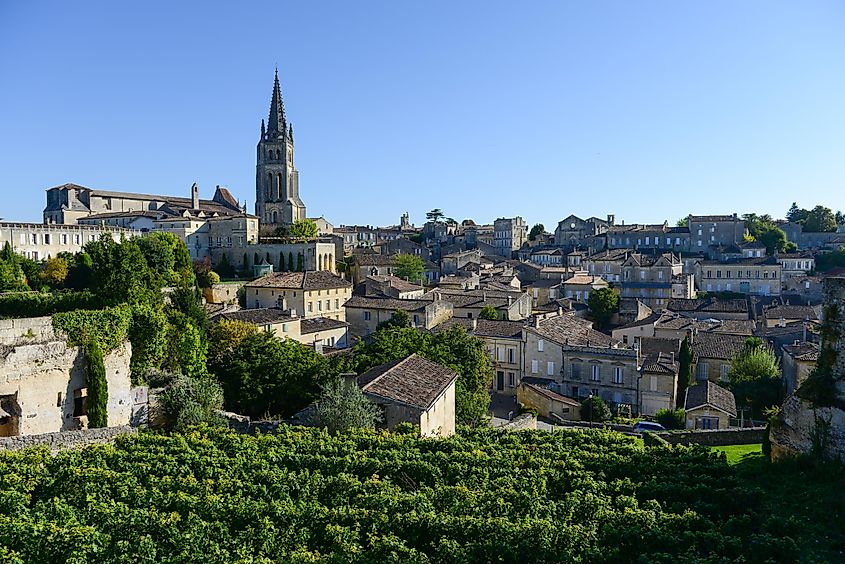
The commune of Saint-Emilion, located in the department of Gironde in Nouvelle-Aquitaine, is most famous for being home to a plethora of wineries, including Chateau Cantenac, Chateau Laniote, and Chateau Guadet. Chateau Guadet was the home of Marguerite Élie Guadet, who was born in Saint-Emilion in 1758, adding to its historical value. This pastoral town of approximately two thousand people is also home to several other points of interest. Cloîtres des Cordeliers and Eglise Monolithe de Saint-Emilion are both well worth a visit for some wonderful photo spots and learning. Meanwhile, the paintings in Trinity Chapel in Eglise Monolithe de Saint-Emilion are a sight to behold; Cloitres des Cordeliers was the first home to a group of Franciscan friars led by the ideas of Saint Francis of Assisi in the early thirteenth century.
Étretat
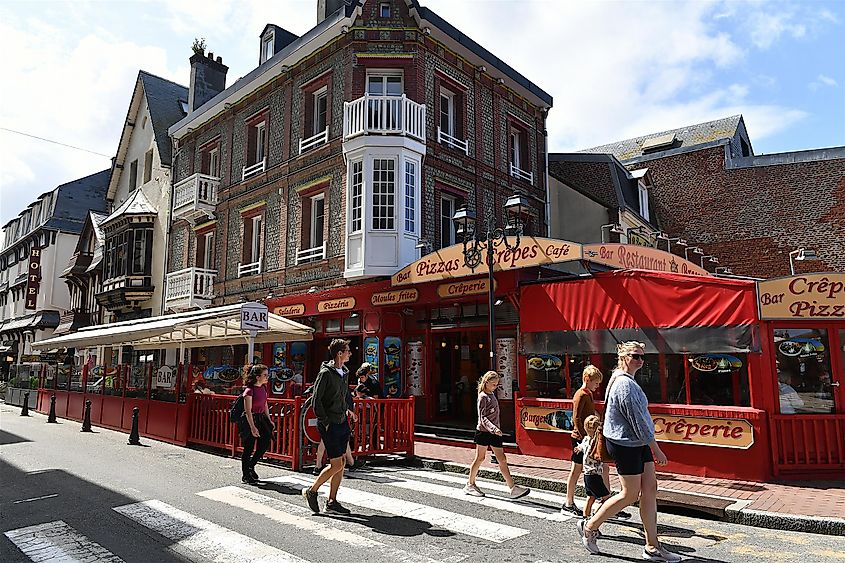
Located in the department of Seine-Maritime, in the northwest corner of Normandy, right off the English Channel, the commune Étretat is a wonderland of welcoming vibes. Tourists here have a range of options, as the town is home to Falaises d’Aval, Chemin des Douaniers, and Chateau des Aygues. While the chateau is a man-made structure constructed in 1866, Falaises d’Aval and Chemin des Douaniers are geological structures and wonders of nature's beauty, respectively. There are a variety of other natural attractions in and around the commune of Etretat as well, including Jardins d’Étretat, Porte d’Aval, and Cote d’Albatre. While Porte d’Aval and Cote d’Albatre offer stunning views of nature without too much man-made intrusion, Jardins d’Etretat, an artificial, neo-futuristic collection of statues and gardens, offers some perspective on the true imagination of society. Thus, Étretat is a wellspring of outdoor views perfect for nature enthusiasts in France.
Chamonix-Mont-Blanc
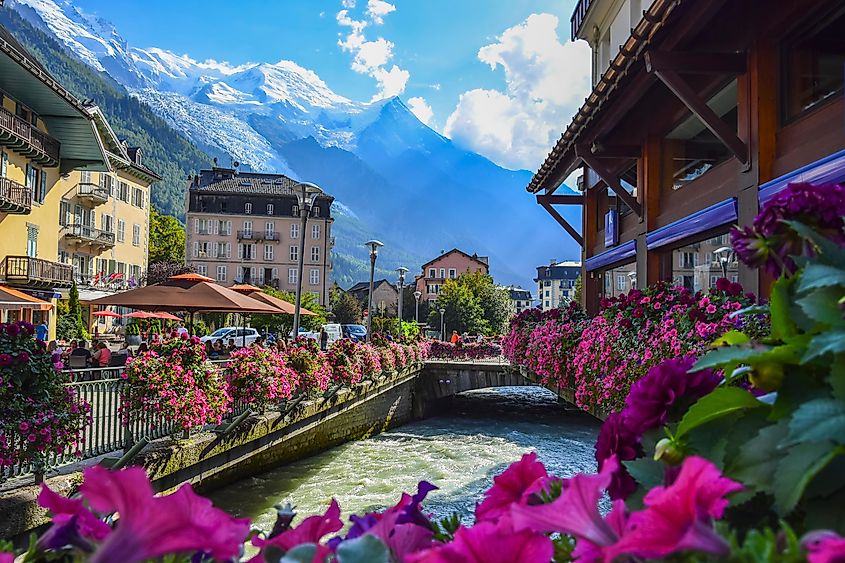
The quaint, quiet commune of Chamonix-Mont-Blanc, commonly known as Chamonix, is situated in the department of Haute-Savoie in the southeastern part of France. Being a part of the region of Auvergne-Rhone-Alpes and relatively close to Triolet Peak, Mont Blanc, Aiguillette d'Argentière, and others, Chamonix offers several activities catered especially to outdoor enthusiasts. Hiking, climbing, and wildlife watching are among the most popular, with the majestic backdrop of mountains for company. Animal lovers keep an eye on the treeline as wolves, deer, and owls are known to roam the trails. The Brevent Cable Car and La Flegere are great ways to get around the area without hiking the whole time. Similarly, “Step into the Void,” or “the Aiguille du Midi Skywalk,” a glass box suspended more than a thousand feet above the ground, offers an interesting outlook to everyone willing to brave the view. Back in town, the tranquil streets are full of friendly faces, with outlets like the Casa Valerio offering good food and fun conversations.
Saint-Pol-de-Léon
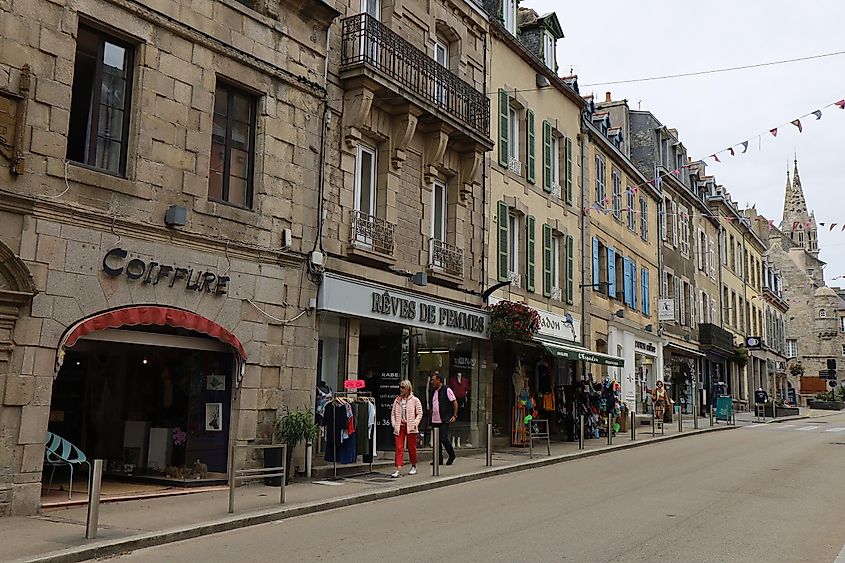
The commune of Saint-Pol-de-Léon is a haven for both historical and theological attractions that catch the attention of the whole family. It is located deep within the region of Brittany, in the department of Finistère, providing wonderful surroundings. Upon arrival, sites like the Chapelle Notre-Dame du Kreisker, the Cathedrale Saint-Paul-Aurelien, and the Chapelle Saint-Pierre attract visitors with theological structure and historical aspects. Along with these cathedrals, Saint-Pol-de-Léon is also home to Manoir de Kelou Mad, Maison Prebendale, and Manoir de Keroulas, three of many fine pieces of architecture in the commune of Saint-Pol-de-Leon. Thus, there is no end to the Instagrammable spots scattered across town. In regard to natural attributes, Saint-Pol-de-Léon is located along the mouth of the English Channel, which can best be experienced through the Promenade de Penarth and Îlot Saint-Anne, the latter leading to Îlot Saint-Anne Beach for a wonderful day of sunbathing along the water.
Carcassonne
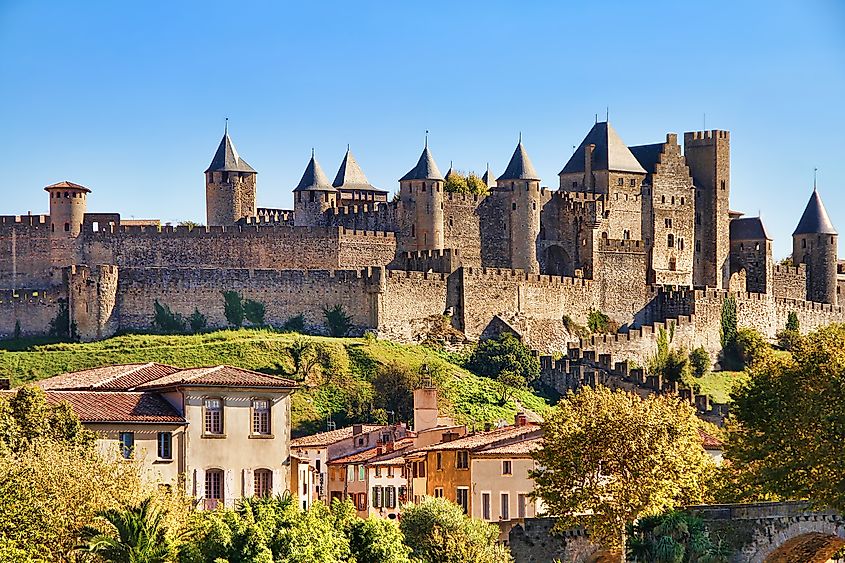
The commune of Carcassonne, located between Toulouse and Narbonne, is home to several activities suited mainly to the historical and architectural interests of visitors and residents alike. Visitors are transported to the Medieval era through the town’s amazing fortifications, such as the stone wall encompassing the town. Château et Remparts de la Cité de Carcassonne stands out, as it was supposedly the home of Dame Carcas in the seventeen hundreds. Dame Carcas famously defended her land against Charlemagne’s forces after her husband was killed in battle, which inspired the name of the town. Carcassonne also offers some breathtaking natural landmarks for family and friends to enjoy. As a hilltop town, views of France’s charming landscape follow travelers around the town. Thus, sightseeing and hiking are among the popular activities in Carcassonne. Or, for water lovers, what is more welcoming than hanging out with acquaintances on a lake? Lac de Cavayère offers all of the usual water sports, as well as a few more local experiences.
Bonifacio
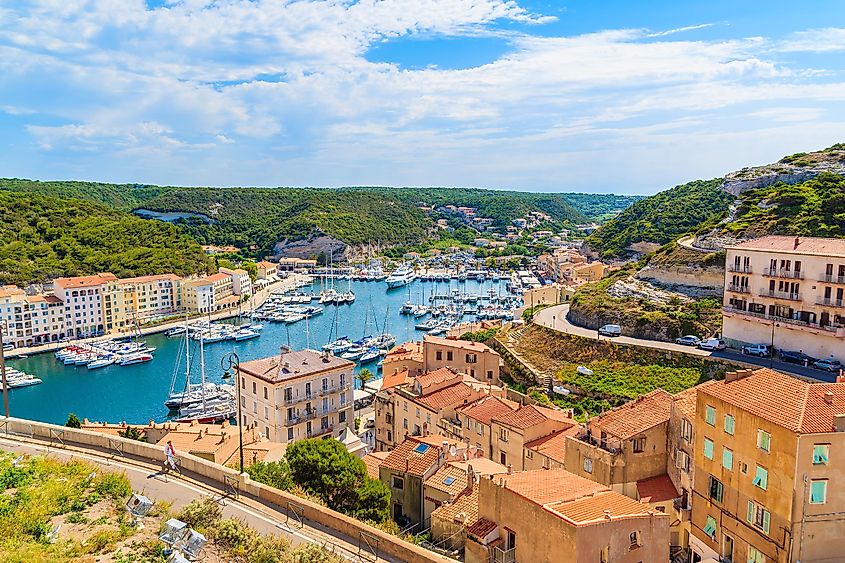
Located in the department of Corse-du-Sud, the commune of Bonifacio is best known for possessing some of the most fabulous scenic views of the Mediterranean Sea in the world. As it is situated on the southern tip of the island of Corsica, Bonifacio is home to several different beaches and lighthouses as well, including Plage de Balistra, La Tonnara Beach, and Plage de Rondinara in the avenue of beaches, and Phare de Pertusato and Phare de la Madonetta in regard to lighthouses. Whether it is sunbathing along the coast or learning about local maritime history, there is lots to do here. Plus, being located at the southern tip of Corsica Island, those visiting Bonifacio have the pleasure of experiencing several fine seafood restaurants, like La Minute Moule and L’o2 Mer Restaurant on Carotola Avenue. These spots are always full of friendly locals and lively conversations that welcome travelers from across the world.
Saint-Jean-de-Monts
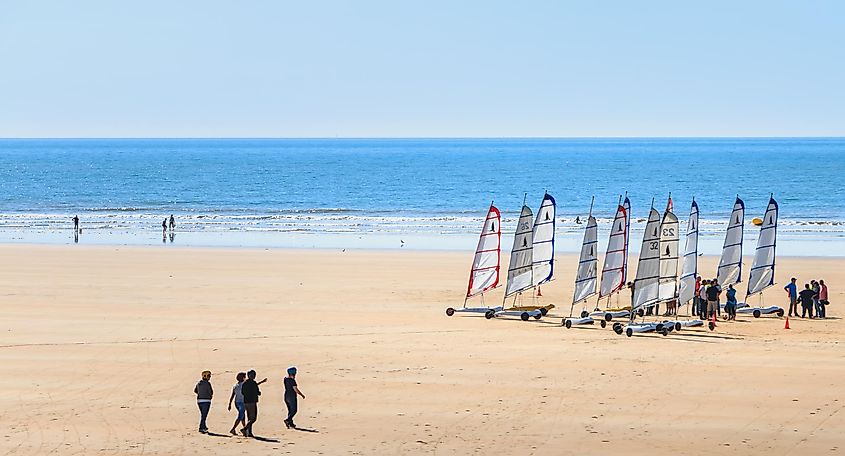
Continue the coastal charm from Bonifacio to the commune of Saint-Jean-de-Monts in the department of Vendée. This community is a haven for natural and historical attributes. Located on the coast of the Atlantic Ocean, across from Yeu Island, Saint-Jean-de-Monts provides access to several beaches, including the famous Plage de la davière and La Plage des Saixante Barnes. Several other attractions in Saint-Jean-de-Monts cater to the outdoor enthusiast. Nelly’s Ranch and La Chevauchée des Dunes both offer horseback riding tours through natural habitats. Saint-Jean-de-Monts also has two different farmer’s markets, offering fresh produce, cheeses, and wines to visitors and residents alike, and several great points of interest, like La Grande Roue, which translates into the Ferris Wheel.
Conclusion
From Riquewihr, with its archaic, cobblestone streets, to Étretat, with its many public parks and gardens, France possesses some of the most quaint, welcoming towns in all of Europe. In addition to the views, one will find amazing people in these towns, with great conversations to be had throughout. The eight towns listed above are only some of the destinations in France, yet they are some of the most welcoming towns France has to offer.
